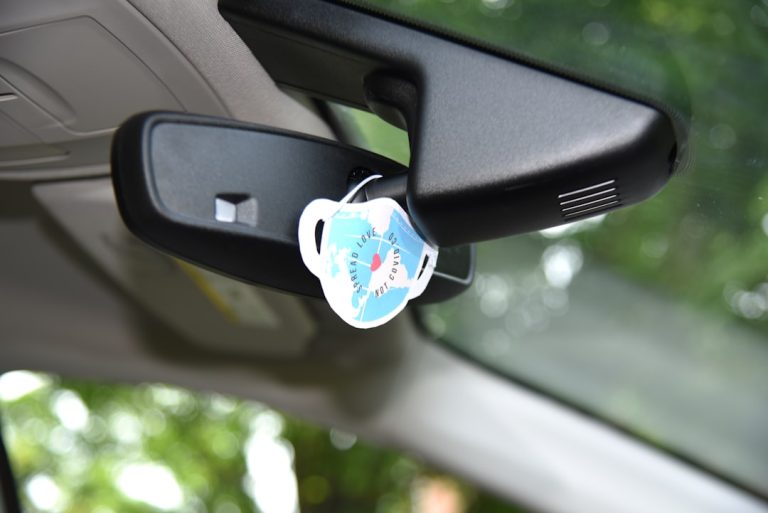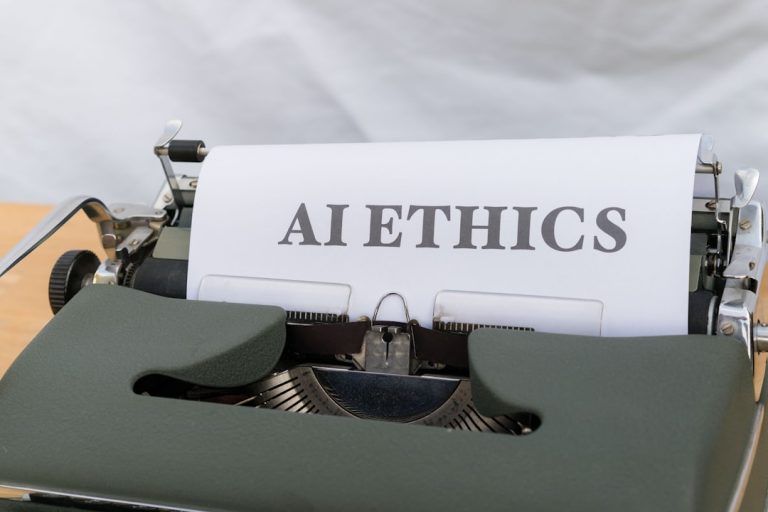My Guide to Understanding the Circular Economy Model.
My Guide to Understanding the Circular Economy Model
The term “circular economy” gets thrown around a lot these days, often alongside “sustainability” and “green initiatives.” But what does it truly mean, and why should we care? If you’ve ever felt a little lost in the jargon, or struggled to grasp the practical implications of this powerful concept, then you’ve landed in the right place. This isn’t just another definition; this is my personal guide to truly understanding the circular economy model—a framework that I believe holds the key to a more resilient and prosperous future for all of us.
I’ve spent considerable time delving into this topic, piecing together its various components, and observing its real-world applications. My goal here is to distill that understanding into clear, actionable insights, helping you move from mere awareness to genuine comprehension. Together, we’re going to unpack the fundamental ideas, explore its transformative power, and see how this model is already reshaping industries and communities around the globe. Consider this your roadmap to navigating the exciting and crucial shift towards a circular way of thinking.
Unpacking the Foundational Shift: Moving Beyond the Linear “Take-Make-Dispose” Mindset
To truly grasp the circular economy, my first step was always to understand what it’s replacing: the linear economy. For centuries, our global economic system has largely operated on a “take-make-dispose” principle. We extract raw materials, manufacture products, use them, and then discard them, creating vast amounts of waste. This model is inherently unsustainable, relying on an endless supply of finite resources and generating an ever-growing mountain of pollution. It’s a one-way street, leading to resource depletion, environmental degradation, and significant economic vulnerabilities.
My guide emphasizes that the circular economy is a radical, yet logical, departure from this. Instead of a straight line, imagine a continuous loop. It’s an economic system designed to eliminate waste and pollution, circulate products and materials, and regenerate nature. This isn’t just about recycling more; it’s about fundamentally rethinking how we design, produce, and consume everything. It’s about seeing “waste” not as an end-product, but as a valuable resource waiting for its next life. This foundational shift in perspective is, in my view, the most critical starting point for anyone seeking to understand the model.
The Core Principles I Lean On for Clarity in Circularity
When I first encountered the circular economy, its breadth felt overwhelming. What helped me immensely was breaking it down into its foundational principles. The Ellen MacArthur Foundation, a leading voice in this space, articulates three core principles that I find incredibly useful for understanding the model’s essence. These aren’t just theoretical concepts; they are the guiding lights for designing a truly circular system:
Designing Out Waste and Pollution
This principle is perhaps the most revolutionary. It challenges us to eliminate waste and pollution from the very beginning—at the design stage. In my understanding, this means moving beyond treating waste as an unavoidable byproduct. Instead, designers, engineers, and businesses are tasked with creating products and processes where waste simply doesn’t exist. Think of it like this: if you design a product to be easily disassembled, repaired, or composted, then its “end-of-life” is already planned for, preventing it from ever becoming waste. This proactive approach is a cornerstone of the circular model, ensuring that materials retain their value rather than being prematurely discarded.

Keeping Products and Materials in Use
Once a product is made, the circular economy dictates that it should stay in circulation for as long as possible. This principle is all about maximizing the utility and value of every item and its constituent components. My guide highlights various strategies here: repair, reuse, remanufacture, and recycling. Imagine a washing machine designed to be easily repaired with modular parts, or a smartphone whose components can be upgraded instead of replaced entirely. It also extends to business models, encouraging services where products are leased rather than sold, shifting ownership and responsibility to the manufacturer to maintain and recover materials. This principle is about slowing down the flow of materials and increasing their lifespan, making every resource count.
Regenerating Natural Systems
The third principle elevates the circular economy beyond mere resource management; it positions it as a restorative force. In my view, this means that circular practices should actively support and enhance natural capital. Unlike the linear model, which depletes natural resources and degrades ecosystems, the circular economy aims to give back. This includes using renewable energy, returning biological materials safely to the earth (e.g., composting food waste), and fostering biodiversity. It’s about creating systems that not only do “less bad” but actively do “more good,” leaving the environment healthier than we found it. This regenerative aspect is what truly distinguishes the circular economy as a model for holistic sustainability.
Seeing Circularity in Action: My Real-World Lens on Transformation
Understanding the theory is one thing, but seeing the circular economy in practice truly solidified its potential for me. It’s not just a distant ideal; it’s being implemented across diverse sectors, proving its viability and benefits.
Fashion’s Fabric Revolution
The fashion industry, notorious for its linear “fast fashion” model, is a prime example of circular innovation. Brands are experimenting with clothing made from recycled materials, designing garments for durability and easy repair, and even offering take-back programs to recycle old clothes into new fibers. Companies are also exploring rental models for clothing, allowing customers to enjoy fashion without the burden of ownership, ensuring garments are kept in high-value use for longer. This shift requires a deep understanding of material science, eco-design principles, and new business models.
Electronics: From Obsolescence to Upgradeability
The electronics sector faces immense challenges with e-waste. Circular initiatives are addressing this by designing modular phones that allow for component upgrades, promoting repair services, and establishing robust collection and refurbishment programs for used devices. The goal is to extract maximum value from precious metals and complex components, reducing the need for virgin materials and mitigating environmental harm. It’s about creating a system where every gadget has multiple lives or its parts are easily recovered.
Food Systems: Nourishing People and Planet
In agriculture and food, circularity means reducing food waste at every stage, from farm to fork. This includes innovative packaging that extends shelf life, composting organic waste to return nutrients to the soil, and repurposing food “waste” into new products (e.g., using spent grain from breweries to make bread). My understanding emphasizes that a circular food system not only feeds people but also regenerates soil health, reduces greenhouse gas emissions, and builds supply chain resilience.
Why This Understanding Matters: Beyond Just “Being Green”
For me, understanding the circular economy isn’t just about environmentalism—though that’s a huge part of it. It’s about grasping






